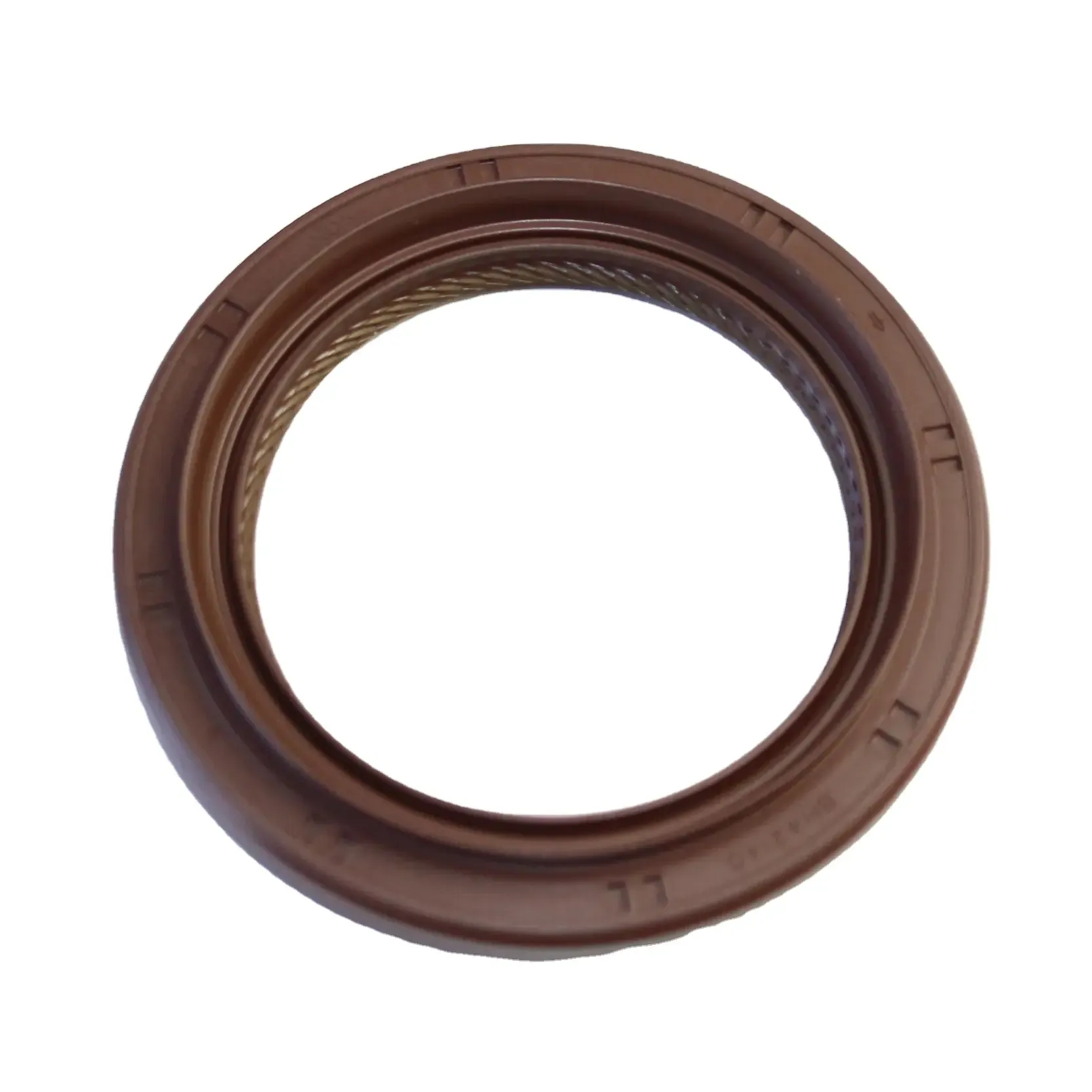flat face gasket
Understanding Flat Face Gaskets Importance, Applications, and Benefits
Flat face gaskets are an essential component in various industrial applications, designed to provide a reliable seal between two flat surfaces. Their unique structure and characteristics make them particularly effective in preventing leaks and ensuring the performance of machinery and systems that rely on fluid containment. This article explores the significance, applications, and benefits of flat face gaskets, shedding light on why they are a popular choice in numerous industries.
What is a Flat Face Gasket?
A flat face gasket is a sealing device that is typically made from materials like rubber, graphite, or composite substances. Unlike raised face gaskets, which have a protruding structure that fits into grooves on flanges, flat face gaskets maintain an even surface. They are designed to sit flat against the two surfaces they connect, creating a tight seal when compressed. This design is particularly advantageous in situations where a uniform sealing surface is crucial, such as in flange connections in piping systems.
Key Applications
Flat face gaskets are commonly utilized in various sectors, including oil and gas, chemical processing, water treatment, and HVAC systems. Their adaptable nature allows them to be used in both high-pressure and low-pressure applications. Here are some specific areas where flat face gaskets excel
1. Flange Connections In piping systems, flat face gaskets are frequently employed to seal the joints between flanges. This is essential to prevent leaks that could lead to efficiency losses or environmental hazards.
2. Heat Exchangers Flat face gaskets are often used in heat exchangers, where they help maintain pressure and temperature differentials, ensuring efficient heat transfer between fluids.
3. Valve Sealing In valve applications, flat face gaskets create tight seals that prevent fluid leaks, contributing to the overall reliability of the valve system.
flat face gasket

4. Industrial Equipment Many types of machinery and equipment incorporating flat surfaces utilize these gaskets to enhance their operational integrity.
Benefits of Flat Face Gaskets
Opting for flat face gaskets provides several advantages, making them a smart choice for those in industrial and mechanical fields. Here are some key benefits
- Leak Prevention The primary function of any gasket is to provide a leak-proof seal. Flat face gaskets excel at this, significantly reducing the risk of fluid leaks that could cause equipment damage or environmental contamination.
- Ease of Installation The flat design allows for straightforward installation without the need for specialized tools. Technicians can easily set up or replace flat face gaskets, saving time and labor costs.
- Material Versatility Flat face gaskets can be produced using a wide range of materials, catering to specific chemical, temperature, and pressure environments. This versatility allows engineers to select the most appropriate gasket for their needs.
- Cost-Effectiveness Given their durability and effectiveness, flat face gaskets often lead to reduced maintenance costs over time. Their longevity can minimize the frequency of replacements, enhancing the overall cost-effectiveness of maintenance operations.
Conclusion
In summary, flat face gaskets play a pivotal role in ensuring the proper functioning of various industrial processes by providing reliable and efficient sealing solutions. Their applications span multiple sectors, from oil and gas to HVAC systems, emphasizing their versatility and importance. With the benefits they offer, from preventing leaks to facilitating easy installation, flat face gaskets remain a vital component in the realm of mechanical engineering and industrial maintenance. Adopting the right type of gasket for a specific application not only enhances performance but also contributes to a safer and more efficient operational environment.
-
The Ultimate Guide to Car Repair Kits: Tools and Essentials Every Driver Should Own
News Aug.01,2025
-
The Complete Guide to Oil Pan Gaskets: Sealing Engine Leaks the Right Way
News Aug.01,2025
-
Preventing Oil Leaks: A Complete Guide to Oil Pan Gaskets and Drain Seals
News Aug.01,2025
-
Everything You Need to Know About Oil Pan Gaskets and Drain Plug Seals
News Aug.01,2025
-
Essential for Car Owners: How to Use a Car Repair Kit to Deal with Minor Breakdown
News Aug.01,2025
-
Comprehensive Guide to Engine Oil Sump Gaskets and Related Seals
News Aug.01,2025
-
The Ultimate Guide to Boat Propeller Bearings and Trailer Wheel Bearings
News Jul.31,2025
Products categories















